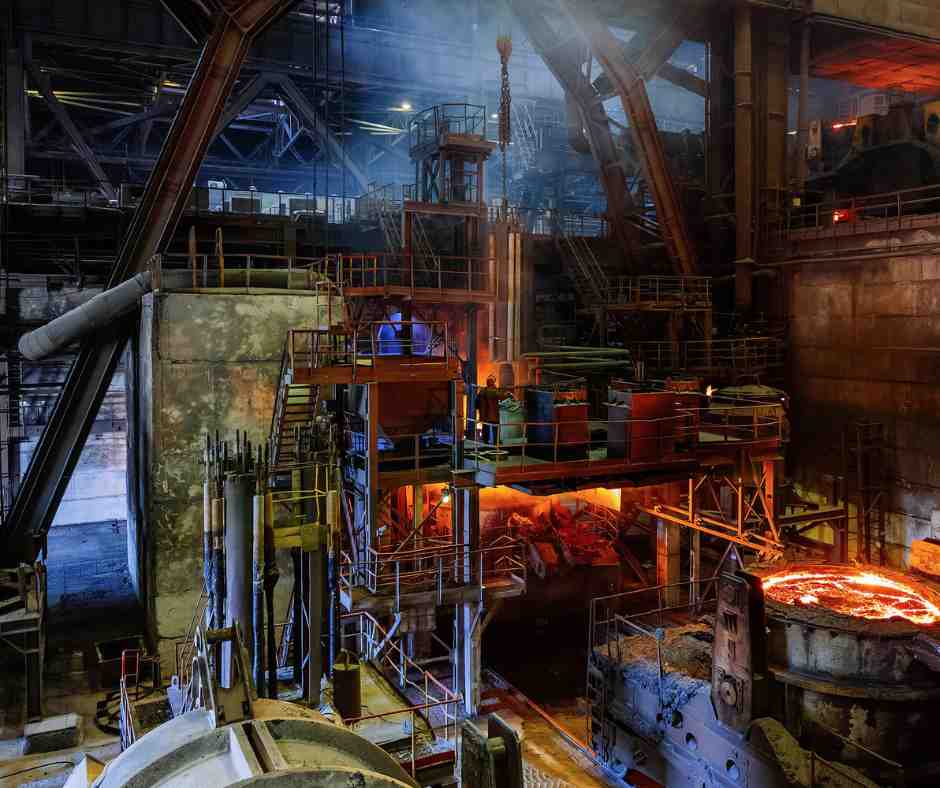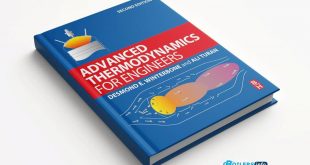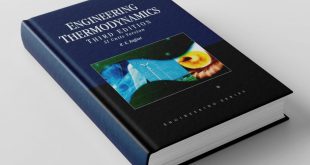Heat and Thermodynamics
Table of Contents
ToggleIntroduction
Heat is a form of energy that plays a central role in the natural world and in various technological applications. Thermodynamics, the branch of physics concerned with the study of heat and its transformation into other forms of energy, helps us understand how heat flows and interacts with matter. Thermodynamics has profound implications for fields ranging from engineering to chemistry and environmental science. This article explores the fundamental concepts of heat, its transfer methods, the laws of thermodynamics, and their application in real-world systems.

Heat Transfer
Heat transfer is the process by which thermal energy moves from one body or substance to another. This transfer occurs in three primary ways: conduction, convection, and radiation. Each of these mechanisms operates differently depending on the medium and the circumstances involved. Conduction involves the direct transfer of heat through a material, as in the case of a metal spoon heating up when placed in a pot of hot water. Convection refers to the movement of heat through fluids (liquids and gases), such as air warmed by a heater. Radiation involves the transfer of heat through electromagnetic waves, such as the warmth felt from the sun or a campfire.
Heat Conduction
Heat conduction is the transfer of thermal energy through a solid material. This process occurs when molecules in a material vibrate or collide with neighboring molecules, transferring energy in the form of heat. The rate of heat conduction is described by Fourier’s law, which states that the rate of heat transfer is proportional to the temperature gradient and the area through which the heat is flowing. Materials with high thermal conductivity, such as metals, conduct heat efficiently, while materials like wood or plastic are better insulators.
The Behavior of Gases
Gases exhibit unique behaviors that can be understood through the kinetic theory, which explains how the movement of gas molecules relates to temperature and pressure. The ideal gas law, PV=nRTPV = nRTPV=nRT, connects pressure, volume, and temperature in ideal gases. Gas behavior is influenced by factors such as temperature and pressure, which determine how gases expand, compress, or react with other gases. These principles are central to the functioning of engines, refrigerators, and other devices that rely on the behavior of gases.
Specific Heat of Solids
Specific heat is a material property that describes how much heat energy is needed to raise the temperature of a substance by a given amount. In solids, specific heat varies depending on the material, and it is an essential property for designing systems that require precise temperature control, such as engines and heat exchangers. Understanding specific heat is also critical in material science, where it influences the selection of materials for various applications.
Thermal Equilibrium and the Zeroth Law of Thermodynamics
Thermal equilibrium occurs when two systems are at the same temperature and no heat flows between them. The Zeroth law of thermodynamics states that if two systems are each in thermal equilibrium with a third system, then they are in thermal equilibrium with each other. This law forms the foundation for the concept of temperature and temperature measurement, which is essential for scientific experiments and industrial processes.
Laws of Thermodynamics
The First Law of Thermodynamics
The First Law of Thermodynamics, also known as the law of energy conservation, asserts that energy cannot be created or destroyed, only transferred or converted from one form to another. In thermodynamic systems, this is expressed as ΔU=Q−W\Delta U = Q – WΔU=Q−W, where ΔU\Delta UΔU is the change in internal energy, QQQ is heat added to the system, and WWW is the work done by the system. This law underpins the design and operation of heat engines, refrigerators, and other systems that convert heat into work.
The Second Law of Thermodynamics
The Second Law of Thermodynamics introduces the concept of entropy, stating that in any energy conversion, the total entropy of a system and its surroundings always increases. This law explains why processes like heat flow from hot to cold and why no heat engine can be 100% efficient. The Carnot cycle, a theoretical model of an ideal heat engine, illustrates the limits of efficiency imposed by the Second Law.
The Third Law of Thermodynamics
The Third Law of Thermodynamics suggests that as the temperature of a system approaches absolute zero, the entropy approaches a minimum value. At absolute zero, the entropy of a perfect crystal is zero. This law has significant implications for the behavior of matter at extremely low temperatures and is used in fields like cryogenics, where the goal is to reach temperatures near absolute zero.
Entropy
Entropy is a measure of disorder or randomness in a system. It quantifies the unavailability of a system’s energy to do work. The concept of entropy is crucial in understanding the direction of natural processes, such as the flow of heat and the operation of heat engines. Entropy increases in irreversible processes, such as the mixing of gases or the melting of ice, and serves as a key indicator of the inefficiency of energy systems.
Enthalpy and Generating Heat
Enthalpy is a thermodynamic quantity that represents the total heat content of a system. It is useful in understanding heat generation and heat transfer during chemical reactions, phase changes, and other processes. Changes in enthalpy, such as those occurring in combustion reactions, are essential for designing engines, power plants, and other systems that generate heat for work.
Isolated Paramagnets
Isolated paramagnets are materials that become magnetized in the presence of a magnetic field but do not retain this magnetization once the field is removed. Their thermodynamic properties, including how they interact with heat, are important for understanding the behavior of materials in magnetic refrigeration systems. These systems rely on the thermodynamic properties of paramagnets to achieve cooling effects without conventional refrigerants.
Power Cycles with Two-Phase Media
Power cycles, such as the Rankine cycle, involve the use of two-phase media—substances that exist as both liquid and vapor at different points in the cycle. These cycles are fundamental to the operation of steam engines and modern power plants, where heat is converted into mechanical work. The use of two-phase media increases the efficiency of these systems, making them crucial for energy production in various industries.
Conclusion
Heat and thermodynamics are foundational concepts in understanding the behavior of energy in the universe. From the transfer of heat in different materials to the operation of heat engines and refrigerators, the principles of thermodynamics govern many aspects of both natural and industrial processes. By grasping the laws and concepts outlined in this article, we gain insights into the vast and complex interactions of heat and energy that shape our world.
 Boilersinfo Boiler and Mechanical Power Digital Library
Boilersinfo Boiler and Mechanical Power Digital Library




